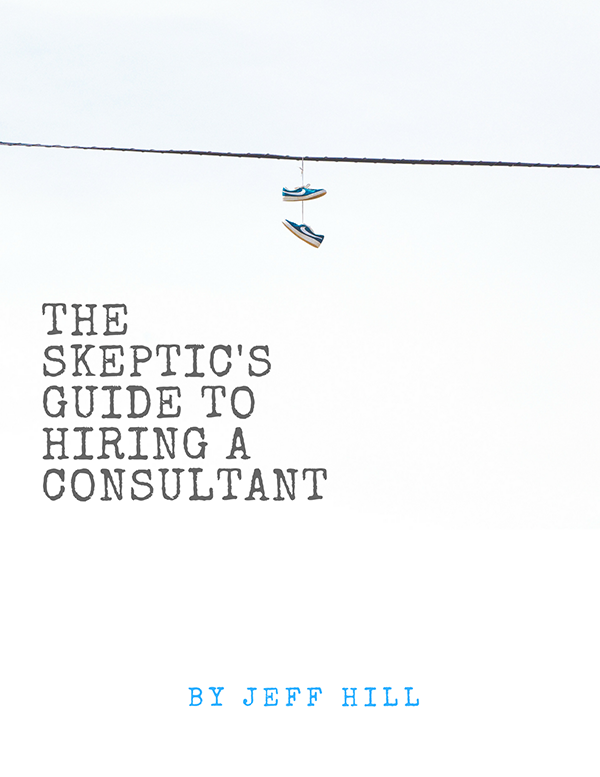
I was actually going to be funny and just have one word be the entire content of this post:
DON’T
Yeah, haha mr. funny guy. How bout’ you quit with the jokes and make with the words?
In my experience the only thing more challenging than dealing with difficult clients is figuring out they are difficult before it’s too late. Sometimes you can figure it out almost immediately. Sometimes you’re dead wrong (this was true for me lately and it was quite surprising). Sometimes it’s completely valid for them to be difficult. Not a fun way to get through the week, but valid I suppose.
Gaining leverage is one of the biggest challenges in the consulting world, particularly if you’re a small company like me. Dealing with layers of bureaucracy to get a simple answer (or worse: GET PAID) is every consultants worst nightmare. I’ll be honest…when I first got going I had a tough time saying “No thanks” to clients because I was worried the work would dry up. I developed a bad habit of maxing out my stress levels and then putting the bulk of the blame on the clients being inept instead of my lack of confidence in using the word NO. Don’t be that guy. I still have a hard time saying NO, but I have a lower threshold (Existing clients on this mail list: DON’T EVEN TRY IT. I’m immune to your shenanigans).
How can I detect the difficulty levels of potential clients, you ask?
Not sure I have a silver bullet answer for that one, young padawan. We all have good and bad days. Try to give them the benefit of the doubt. They are usually in a spot where they need HELP. Here’s what I typically look for in the “get to know you” meeting or call:
How honest is the client with themselves and the situation?
Are they involved in seeing the project be successful or is it someone else’s bailiwick?
Specifically, why am I here?
How well do they understand the problem that needs solving?
Here are some additional landmines:
Playing games, such as: “If you hook us up on this first one, there’s a lot more work for you down the road”. Love the enthusiasm, but let’s focus on the task at hand. I really do try to treat every project on its’ own merit and value. I love repeat customers, but this is as much an interview for YOU as it is for ME. It’s also possible that we may not be able to work together at any price, but let’s not assume that’s true either.
“The last developer got 90% of the project done and then left us high and dry”.
Two things, if I may…
You are not 90% done, and the last developer very possibly could have moved on for the same reasons employees are most likely to move on: BAD MANAGEMENT. I’ve done many rescue projects and they can truly be a fun, rewarding challenge that leads to a long-term client. It’s rare, however.
“Just so you know, we’re interviewing several companies to help with this”. My standard answer is: You’d be remiss if you didn’t, and I would too. Your challenge (should you choose to accept it) is in understanding your problem well enough to explain it the same way to several vendors so you can give them a fair shot at estimating the work. Building software isn’t like shoveling dirt. You can’t physically see the pile of dirt you have to move. I’m sure you’re tired of my metaphors but: Do you need a shovel? Bobcat? Dynamite?
In case you’re interested in more of this kind of info, I’ve written a whole book about it. It’s free, and downloadable by clicking the following link:
https://www.bayworx.com/TheSkepticsGuidetoHiringaConsultant.pdf
